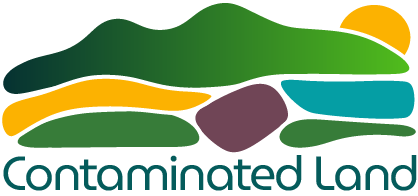In situ stabilisation involves mixing amendments into contaminated soil or groundwater to immobilise contaminants, preventing their spread and reducing their bioavailability. It is used in both the vadose zone (unsaturated soil) and the saturated zone (groundwater), with different techniques applied to each. In the vadose zone, amendments are introduced to reduce contaminants' mobility, often through sorption, fixation, or a combination of physical, chemical, and biological processes. In the saturated zone, activated carbon and zerovalent iron are common amendments used to prevent organic and inorganic contaminants from migrating.
The process also includes solidification/stabilisation, where amendments such as cement or biochar are mixed with soil to create a solid mass that encapsulates contaminants. These amendments work to immobilise contaminants in place, reducing the risk of further environmental damage. While in situ stabilisation helps with contamination management, it may not always eliminate the contaminants, as it primarily focuses on reducing their bioavailability or mobility. This approach has been used to treat various contaminants, including VOCs, PAHs, and potentially toxic elements such as lead.
The advantages of in situ stabilisation are its ability to quickly immobilise contaminants, potentially restore soil quality, and offer environmental benefits like carbon sequestration when biochars are used. It can also be combined with other remediation techniques, such as phytoremediation and permeable reactive barriers, enhancing its effectiveness. However, there are challenges, including the need for careful monitoring and validation of the long-term effectiveness, particularly in ensuring contaminants remain immobilised. The use of organic amendments may cause odour or dust nuisance and could inadvertently mobilise certain contaminants.
Sustainability drivers for in situ stabilisation include potential improvements in soil functionality, risk mitigation, and the reuse of waste materials. However, there are concerns about short-term risks to workers and the public, the need for long-term maintenance, and regulatory challenges regarding the stability of contaminants and the potential content of hazardous substances in amendments. Despite these challenges, in situ stabilisation is a valuable tool in the remediation of contaminated sites, particularly when low-input, sustainable solutions are desired.


